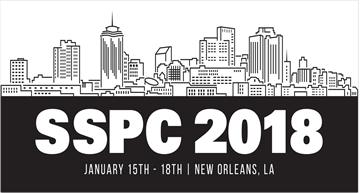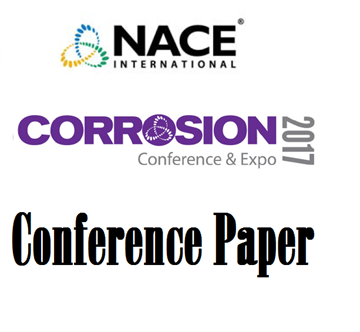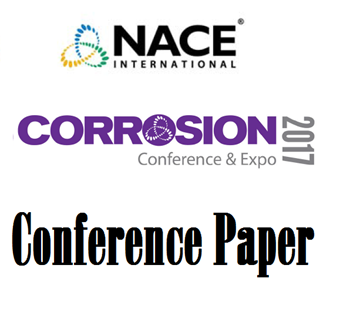Search
Conference Papers
View as
Sort by
Display
per page
Upstream Digital Transformation Through Corrosion, Erosion, and Sand Monitoring
Product Number:
51321-16410-SG
Publication Date:
2021
$20.00
USDA-certified Biobased, Low VOC and Biodegradable Paint Stripper and Graffiti Remover
Product Number:
51320-14503-SG
Publication Date:
2020
$20.00
Use of accelerated weathering testing to reduce risk for new topcoat standards and specifications
Product Number:
51218-168-SG
Publication Date:
2018
$20.00
Use of a Methodological Panel for Microbial Diagnostics Biocide Selection and Application in an Oil Shale Field
Product Number:
51317--9019-SG
ISBN:
9019 2017 CP
Publication Date:
2017
$20.00
Use of AMPP SP 0113 for Methods Selection and Implementation of Pipeline Integrity Management
Product Number:
51324-20705-SG
Publication Date:
2024
$40.00
Use of Atlas Test Cells to Assess the Performance of Coatings with Varied Permeance over Concrete Masonry Units (CMU)
Product Number:
41212-695-SG
Publication Date:
2012
$20.00
Use of Corrosion Rate Probes to Evaluate Pipeline Cathodic Protection Performance
Product Number:
51317--9180-SG
ISBN:
9180 2017 CP
Publication Date:
2017
$20.00
Use of data analytics techniques to compare daily RMU coupon readings with CIS survey results
Product Number:
51323-19318-SG
Publication Date:
2023
$20.00
Use of Glass Reinforced Epoxy (GRE) Piping for Fire Water Applications – Offshore
Product Number:
MPWT19-15300
Publication Date:
2019
$0.00
Use Of Halophytes To Manage Soil Characteristics In Joint Use Environments
Product Number:
51321-16550-SG
Publication Date:
2021
$20.00
Use of Hygrothermal Models for Understanding Water Transport in Corrosion Under Insulation Application
Product Number:
51319-13484-SG
Publication Date:
2019
$20.00














